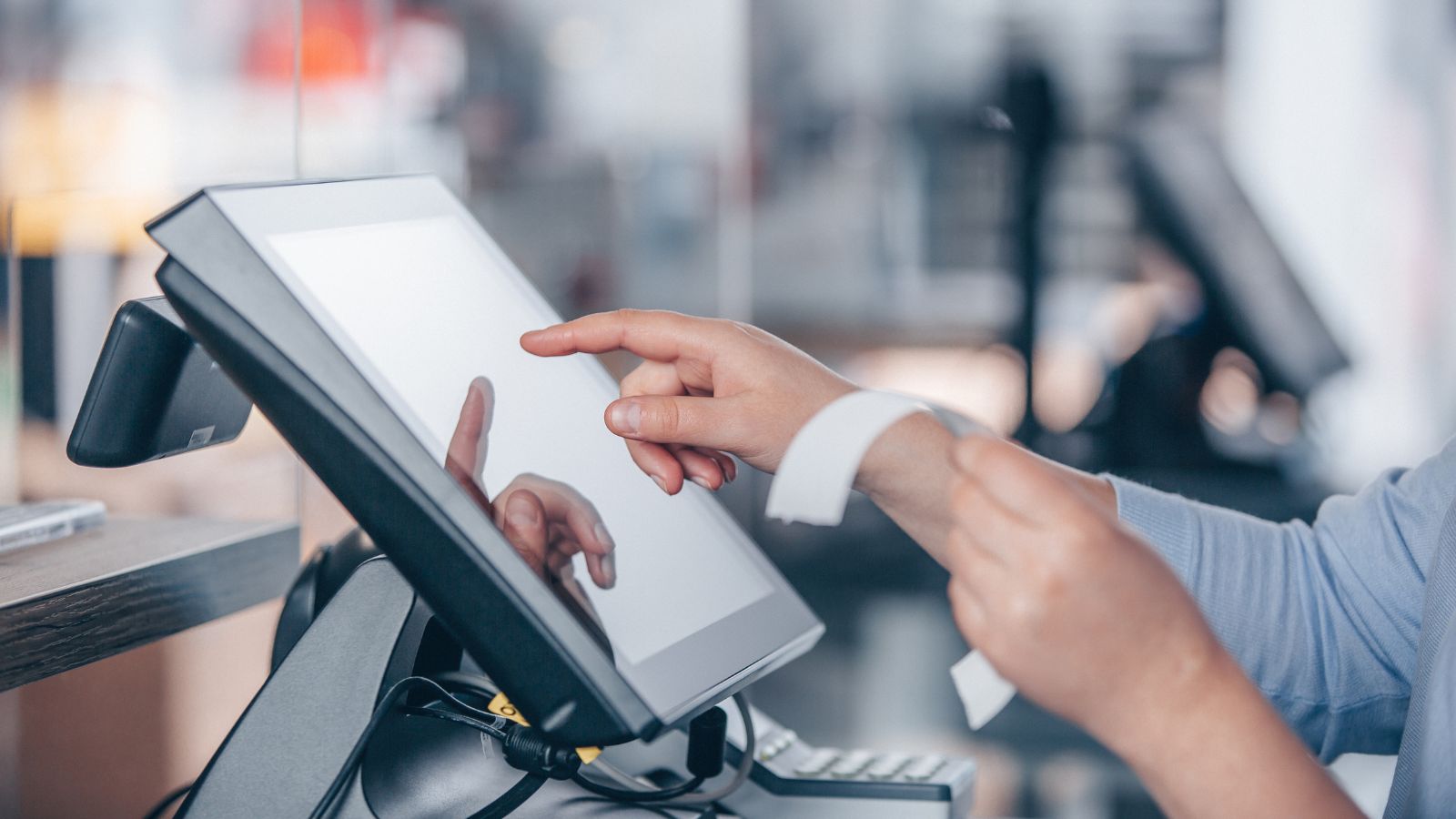Running a high-volume kitchen is like orchestrating a complex symphony. Every order, dish, and staff interaction requires precision, speed, and quality.
The restaurant point of sale system can become that conductor to ensure harmony in this hectic environment. The key is to choose the right one.
With unsuitable or ill-equipped POS, even the most talented teams would fail to keep up with the demands of busy service hours.
But how to know which restaurant point of sale system to opt for? While the best solution varies from business to business, the right tool can turn chaotic service into seamless operations is for sure.
Here, you can explore the essential must-have features for a good POS to address the challenges of high-volume kitchens.
Speed and Intuitive User Interface
Every second is worth its weight in gold in a crowded restaurant. First things first, the restaurant point of sale system has to be lightning-fast. It means enhanced responses through a minimized number of taps or clicks to complete common tasks.
Touchscreen layouts should be customizable, with frequently ordered items in quick access. One effortless touch and the order instantly runs.
A well-designed interface promotes a smoother, more performing workflow. New hires are not struggling with navigating the menu. Instead of day-long training, they start serving their first tables within ten minutes.
It also helps staff handle the dinner rush without bottlenecks at the terminal, keeping the flow of orders seamless.
Seamless Kitchen Display Integration
The era of paper tickets is long gone. They are prone to errors and delays, which can be detrimental for a restaurant that manages hundreds of orders a day.
A POS effortlessly syncs with kitchen display systems (KDS). Orders will pop up on digital screens in the kitchen, tabbed by priority and by course, ready for action.
Key Advantages:
- Reduced miscommunication between front-of-house and back-of-house teams assists in a streamlined course takeaway.
- Instant, real-time updates on modifications or cancellations prevent disrupting the well-established order processing.
- Clear visibility of ticket times to help chefs prioritize dishes.
Thanks to integration, high-volume kitchens get the precision and speed they need, turning tickets into plates in record time.
Robust Order Management

Organization is the cornerstone of successful operations at high-volume kitchens. The POS unites different order types, from dine-in, takeout, and delivery to catering and online orders, in one intuitive platform.
With critical features like splitting, merging, and coursing, it enables smoothing out the bumps timely manner.
Consider a banquet order for twenty. The POS lets servers split the ticket in seconds or send specific dishes to the kitchen at a scheduled time. This flexibility keeps the service in rhythm, while the front stays calm and organized, even during peak hours.
Real-Time Inventory Tracking
Managing inventory is like tracing a heartbeat – it is steady, unseen, and essential. The POS needs to dock inventory in real time, deducting ingredients automatically as orders are placed.
Primary Benefits:
- Preemptive stockout alerts that give managers an early heads-up before supplies run dry.
- Thorough ingredient usage trend monitoring contributes to decreased food waste
- Glowing menu accuracy due to automated ‘sold out’ tags on menus when ingredients run out.
This level of granularity tightens ingredient flow, keeps consistent dish quality, and assures the customer savours exactly what they longed for.
It also helps staff handle the dinner rush without bottlenecks at the terminal, keeping the flow of orders seamless.
Offline Functionality
Busy restaurants often face downtime caused by a poor internet connection.
A good POS is built to work even when the network drops. Then, the staff continue ringing up orders, processing payments, and printing receipts with no fuss.
The moment the router comes back to life, the system automatically syncs data to the cloud. This makes the service uninterrupted, so no one feels the hiccup, adding to positive customer feedback.
Flexible Payment Processing
Guests today expect to settle their checks in a variety of payment options. High-traffic venues need a quick way to process any of them. Beyond standard credit and debit cards, a modern POS should accept:
- Mobile payments (Google Wallet, Apple Pay, etc.)
- Contactless plastic
- Gift cards and loyalty points
- Split payments across multiple methods
Frictionless checkout process shortens queues, keeps tables turning, and boosts customer satisfaction.
Staff Management and Scheduling Tools
Well-established order management is essential, but managing staff is the backbone. Sometimes it can bring multiple challenges. A cutting-edge POS will cover employee management features to make things simple:
- Clock-in and clock-out functionality
- Role-based access to sensitive features
- Integration with scheduling software
- Labor cost tracking
Together, they turn real-time sales and traffic logic into smart staffing, cutting payroll headaches and offering managers the hourly power to adapt.
Loyalty and Customer Relationship Management (CRM)
Busy kitchens often have a loyal customer base. To keep them coming back, a powerful CRM module in the POS isn’t optional.
The system should log customer preferences, purchase history, and loyalty rewards. that every visit feels tailored.
Picture that a CRM-enabled POS alerts the server that the customer in table two loves the panna cotta, prefers it dairy-free, and has accrued enough points for a complimentary drink.
This heads-up elevates service, while automatically applied deals encourage guests to spend a little more on the order.
Plus, loyalty programs integrated into the POS promote recurring visits and raise the average spending with virtually no extra marketing cost.
Data Analytics and Reporting
In the heat of service, quick access to actionable insights is priceless. The POS must harvest and format real-time reports on sales trends, menu performance, peak hours, and employee productivity.
Examples of useful reports include:
- Top-selling items to spot the best performers on the menu.
- Hourly sales data could greatly assist with staffing decisions.
- Food cost analysis ensures profitability through tracking ingredient costs versus menu prices.
For every minor or major analytics, the system converts raw numbers into strategic moves, minimizing guesswork and maximizing revenue.
Bottom Line
Modern high-volume kitchens should skillfully juggle swift order processing, managing complex workflow, and delivering high customer service.
That is where the restaurant point of sale system comes into play. Whatever you target, non-negotiable aspects are speed, accuracy, integration capabilities, and live analytics.
The right POS is not just for enhanced transactions. It serves to empower teams, increase customer satisfaction, and drive profitability.
If restaurants prioritize the critical features listed above, they will face even the busiest shifts with confidence and efficiency for sure.

